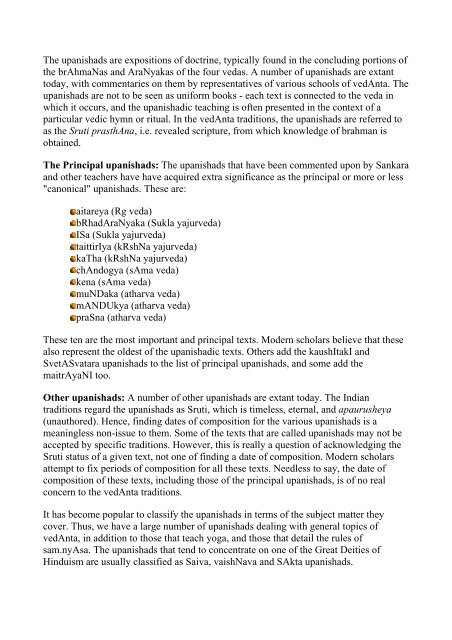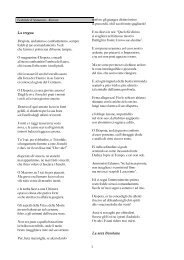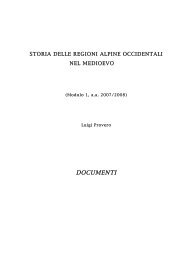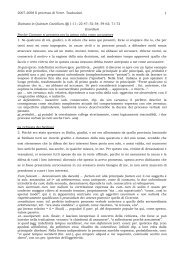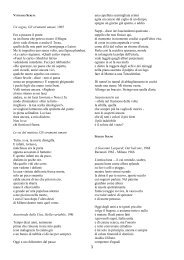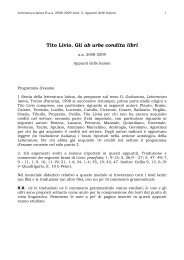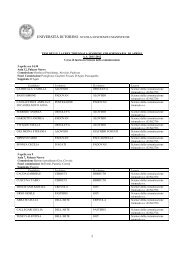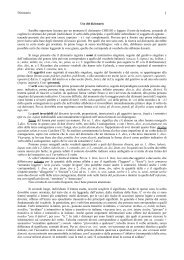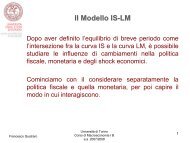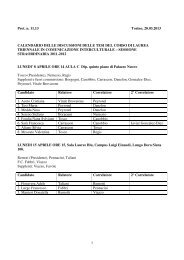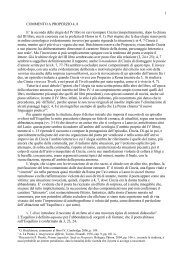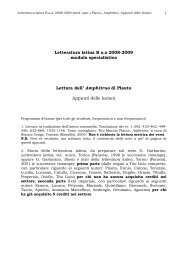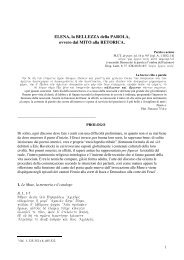ajAti vAda
ajAti vAda
ajAti vAda
You also want an ePaper? Increase the reach of your titles
YUMPU automatically turns print PDFs into web optimized ePapers that Google loves.
The upanishads are expositions of doctrine, typically found in the concluding portions of<br />
the brAhmaNas and AraNyakas of the four vedas. A number of upanishads are extant<br />
today, with commentaries on them by representatives of various schools of vedAnta. The<br />
upanishads are not to be seen as uniform books - each text is connected to the veda in<br />
which it occurs, and the upanishadic teaching is often presented in the context of a<br />
particular vedic hymn or ritual. In the vedAnta traditions, the upanishads are referred to<br />
as the Sruti prasthAna, i.e. revealed scripture, from which knowledge of brahman is<br />
obtained.<br />
The Principal upanishads: The upanishads that have been commented upon by Sankara<br />
and other teachers have have acquired extra significance as the principal or more or less<br />
"canonical" upanishads. These are:<br />
aitareya (Rg veda)<br />
bRhadAraNyaka (Sukla yajurveda)<br />
ISa (Sukla yajurveda)<br />
taittirIya (kRshNa yajurveda)<br />
kaTha (kRshNa yajurveda)<br />
chAndogya (sAma veda)<br />
kena (sAma veda)<br />
muNDaka (atharva veda)<br />
mANDUkya (atharva veda)<br />
praSna (atharva veda)<br />
These ten are the most important and principal texts. Modern scholars believe that these<br />
also represent the oldest of the upanishadic texts. Others add the kaushItakI and<br />
SvetASvatara upanishads to the list of principal upanishads, and some add the<br />
maitrAyaNI too.<br />
Other upanishads: A number of other upanishads are extant today. The Indian<br />
traditions regard the upanishads as Sruti, which is timeless, eternal, and apaurusheya<br />
(unauthored). Hence, finding dates of composition for the various upanishads is a<br />
meaningless non-issue to them. Some of the texts that are called upanishads may not be<br />
accepted by specific traditions. However, this is really a question of acknowledging the<br />
Sruti status of a given text, not one of finding a date of composition. Modern scholars<br />
attempt to fix periods of composition for all these texts. Needless to say, the date of<br />
composition of these texts, including those of the principal upanishads, is of no real<br />
concern to the vedAnta traditions.<br />
It has become popular to classify the upanishads in terms of the subject matter they<br />
cover. Thus, we have a large number of upanishads dealing with general topics of<br />
vedAnta, in addition to those that teach yoga, and those that detail the rules of<br />
sam.nyAsa. The upanishads that tend to concentrate on one of the Great Deities of<br />
Hinduism are usually classified as Saiva, vaishNava and SAkta upanishads.


